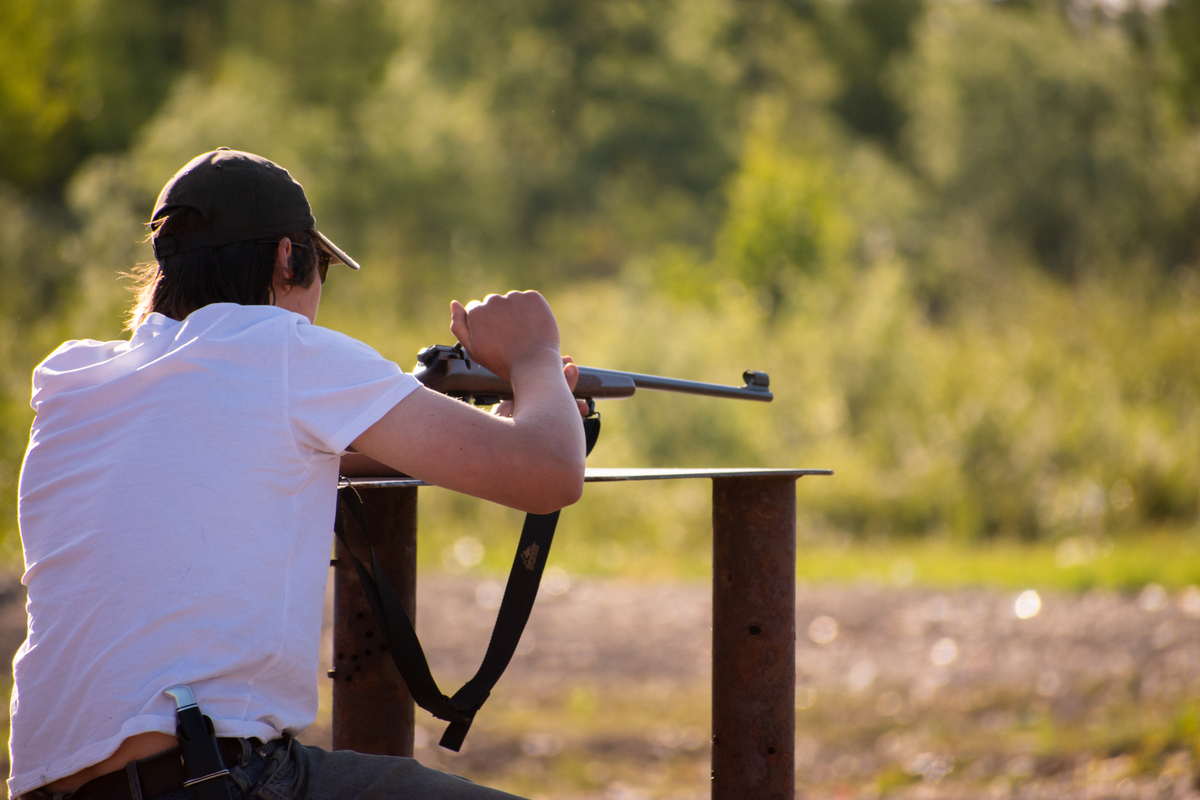Recent research found 86 percent of firearm owners and recreational shooters who do not hunt support the Federal Aid in Wildlife Restoration Program (or Pittman-Robertson Act), which uses revenues from a tax on firearms, ammunition and archery equipment to fund wildlife conservation efforts carried out by state fish and wildlife agencies across the country.
“I expected that there would be support for the federal aid program but not to this extent,” said Mark Damian Duda, executive director of Responsive Management, the research group that conducted the study. “I thought there would be more opposition from gun owners and shooters who feel that any tax revenue they generate should go back strictly to shooting projects. Instead, what we saw is that most gun owners and shooters care about wildlife conservation, even if they don’t hunt.”
When the legislation passed in 1937, most of the people who bought the taxable equipment were primarily hunters—in this way, the funding mechanism represented a classic “user-pay, user-benefit” system in which hunters helped to pay for wildlife-related initiatives that were relevant and important to them. Since 1937, however, hunting participation in the United States gradually declined as recreational shooting participation and firearm purchases for nonhunting purposes steadily rose. As a result, America’s oldest and most successful wildlife conservation funding program is now increasingly being supported by nonhunting purchasers of the taxable equipment.
Despite concern that gun owners and recreational shooters who are less connected to wildlife would oppose the funding mechanism that has been the lynchpin of America’s wildlife conservation success story, the survey found overwhelming support among these groups for the Federal Aid in Wildlife Restoration Program.
In addition to efforts directly benefitting wildlife, the survey looked at respondents’ awareness of other efforts funded through the Wildlife Restoration Program, including providing access to public lands and waters, hunter education programs and the construction of public shooting ranges. The survey found less than half of gun owners and recreational shooters knew their state fish and wildlife agency restores fish and wildlife species that are in trouble, or that their agency provides public lands for hunting, fishing and wildlife watching.
Meanwhile, only about a third knew their agency provides educational programs to introduce people to hunting or to recreational shooting. Of particular interest is less than a quarter know that their state fish and wildlife agency offers target shooting opportunities through public shooting ranges—a subject that is directly relevant to the interests and needs of recreational shooters.
After providing respondents with a brief description of the tax on firearms, ammunition and archery equipment, the survey found only a third of non-hunting recreational shooters and firearm owners knew about the tax prior to being asked about it.
A later series of questions revealed that nearly nine out of 10 nonhunters feel proud to support wildlife conservation efforts, while about eight out of 10 feel connected to wildlife and its conservation.
(Photo source: Rocky Mountain Elk Foundation)
